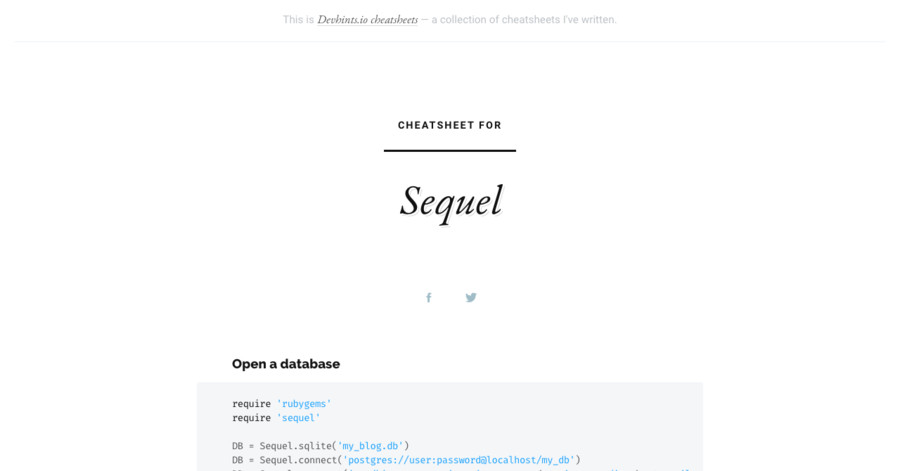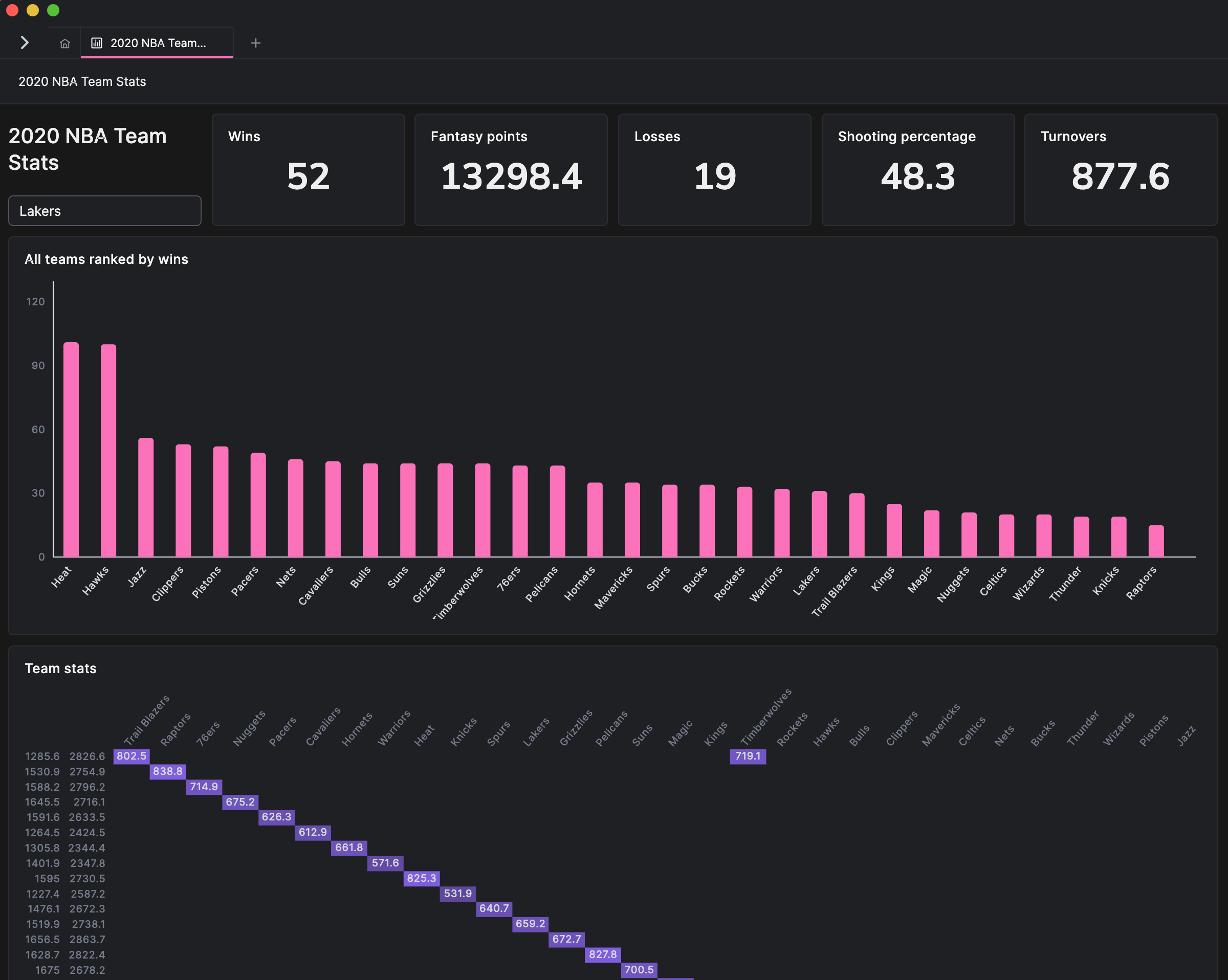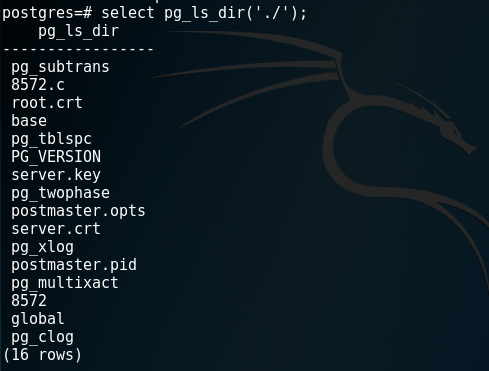

respond_to?( :call)ĥ05 catch( :stop) do 506 while true 507 t = timeout_block ? : ĥ09 l. delete_if ĥ03 raise Error, 'calling #listen with :loop requires a block' unless block 504 loop_call = l. Additional features of SQLPro for Postgres. Here a great video of the creator of Sequel about its internals, it’s definitely worth watching.# File lib/sequel/adapters/postgres.rb 215 def connect( server)Ģ24 :connect_timeout => opts || 20,Ģ27 }. SQLPro for Postgres is a 100 fully native macOS app which allows connections. There are other things, but these are just a subset of the cool things that makes Sequel great and make me love it. If you're formatting for display to the user, don't use round. Just append ::numeric for the shorthand cast, like round (val::numeric,2). You must cast the value to be rounded to numeric to use the two-argument form of round. For example in an Api that returns Json, with sequel you don’t even need a model class, you just serialize the hashes, no waste here, but with AR it creates a new object for every hash of the results, then you convert them back to Json, a lot of waste in time and memory. You can see that PostgreSQL is expanding it in the output). Third, its Api, Active record creates a model instance for every record in the query result, those records are huge and in some cases you may not need them. This seems simple, but it’s a killer feature especially in multithreaded environments like Sidekiq. Second, is connections management, while ActiveRecord creates and assigns a connection to each thread and it doesn’t release it until the thread is dead, Sequel just reserves the connection when a query is about to be sent to the db server, once the query is over the connection is returned to the pool. It offers easy storage and, with GIN indexes and the Sequel gem, you get fast querying of data. The right choice Postgres is a great solution for JSON in your application, especially if you are already using Postgres for structured data in other tables. First, performance, sequel is faster than ActiveRecord. Read the Sequel documentation for further methods supported by the pgjsonops extension. Nice article, I know about Sequel and I think it is superior to ActiveRecord in many aspects. Now it's your turn to give this a try & have fun! You have learned about working with databases in Ruby using an ORM, in this case, the Sequel Ruby gem. If you're using another framework, like Sinatra, then Sequel is a great choice! Summary So I don't think it's worth trying to replace ActiveRecord with Sequel in a Rails app. Well, ActiveRecord is the default ORM for Rails.

Now that you've learned how awesome Sequel is, you may be wondering how it compares to ActiveRecord.

We can use the same Sequel::Dataset methods.įruit.where(name: "Apple").or(amount: 10).map(:name) Sequel allows you to query the database without a model.Ī Sequel model looks a lot like an ActiveRecord model.Ĭlass Fruit 1, :name=>"Orange", :amount=>10} Let’s get all the entries in the dataset: Now we can add a few records with the insert method. You need a dataset object to interact with a specific table on the database.
#POSTGRES SEQUEL HOW TO#
Now we are ready to start adding data & querying the database! How to Use Sequel Datasets You need to create a table to store data. This creates a Sequel::Database object & assigns it to DB. The first step to start using Sequel is to connect to a database. Let’s discover how to use it! Sequel Example: Connecting to A Database Sequel, named after the vocalization of SQL (a query language for databases), is an ORM. ORM stands for “Object-Relational-Mapping”. If we want to work with the data in an Object-Oriented way, we will need to make the results into objects. Results = client.query("SELECT * FROM users WHERE age > 21") Here’s an example, using raw SQL & the MySQL database.Ĭlient = Mysql2::Client.new(host: "localhost") You can connect to your database in different ways.

Our SQL tutorial will teach you how to use SQL in: MySQL, SQL Server, MS Access, Oracle, Sybase, Informix, Postgres, and other database systems. Sequel is a gem that allows you to access your database, no Rails required. Home Next SQL is a standard language for storing, manipulating and retrieving data in databases.


 0 kommentar(er)
0 kommentar(er)
